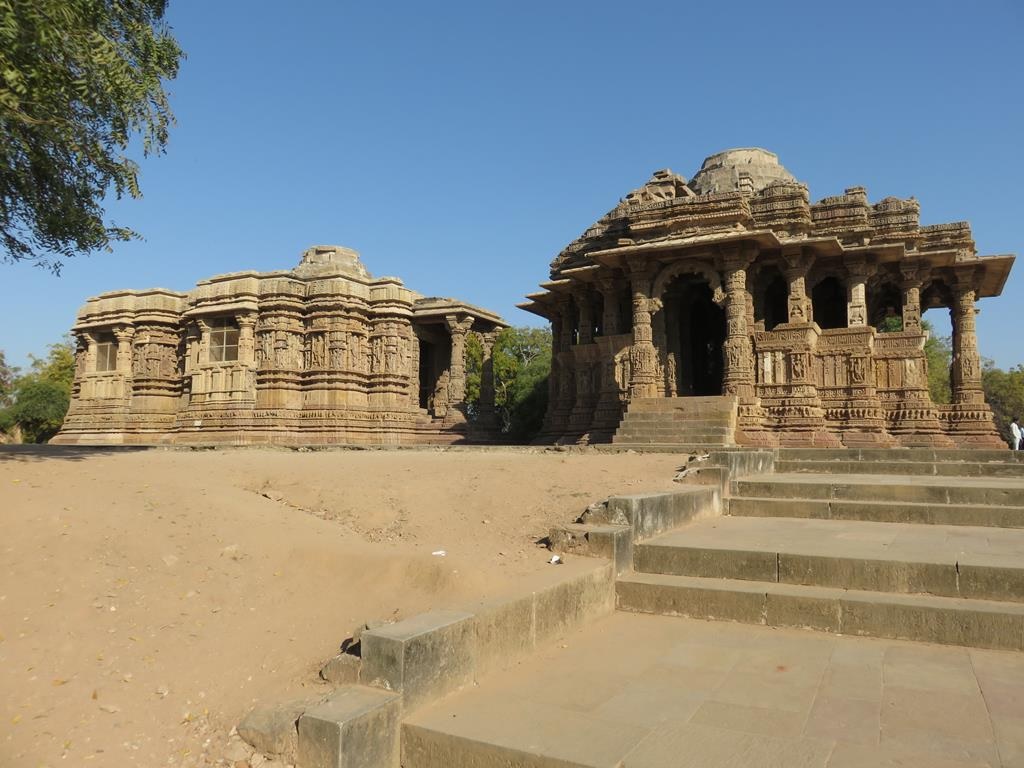Pench National Park, Tiger Safari in India, animal and ornithological. It is well known & India has 166 national parks and 50 tiger reserves.
I was lucky enough to experience some of these wildlife sanctuaries in India: Pench National Park, Kanha National Park, Bandhavgarh National Park, Panna National Park in Madhya Pradesh, and Keoladeo Ghana National Park and Ranthambore National Park in Rajasthan.
Tiger Safari in North India
Like the lion in Africa, the king of animals on the Asian continent is the tiger. Majestic and powerful, the tiger is endangered. In 2022, there were about 3,600 tigers in India, the country with the largest tiger population in the world (the global estimate is 4,500 individuals). Although this number has been increasing in recent years, the tiger remains endangered.
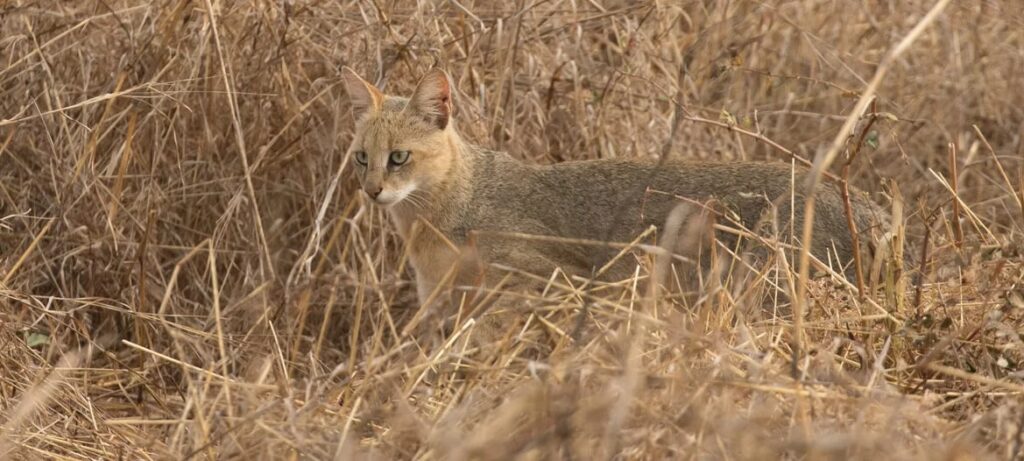
India is home to more than 1,200 species of birds and 410 mammals. On a safari in India, you can see many more animals than just the tiger. The most common are the axis deer and the sambar and among the birds the varied roller and the Smyrna kingfisher. With luck, you can come across the leopard, the jungle cat, the sloth bear and wild dogs.
For your trip and safaris in India (including trekking or tourism activities), I advise you to send your request for a tailor-made trip to India. I have selected it for its seriousness and its ability to respond to personalized requests. Contact Bhawna our India expert.
Safari in India in Pench National Park
In this article, I tell you about my safari in India in Pench National Park. In December, I traveled for the fourth time to India, the first for its wildlife. Pench National Park is the first of the 6 national parks that I have explored on safari. Since 1992, it has also been a “tiger reserve”, one of the 50 that India has to date.
- Pench National Park
- Birdwatching walk in the Buffer Zone of Pench National Park
- Alert calls of langurs and axis deer
- Face to face with wild dogs
- How to get there?
- When is the best time for a safari in Pench National Park?
- Where to sleep near Pench?
- Who to travel with in India?
Pench National Park

Enlarge in the states of Madhya Pradesh and Maharashtra, the total area of the tiger reserve is 1498 km² comprising 550 km² for the national park, 118 km² for the Mowgli Pench sanctuary and 830 km² for the buffer zone, the intermediate zone where human and economic activities are possible.
Pench National Park is often cited as the sanctuary that served as the setting for Rudyard Kipling to write The Jungle Book, particularly because the wolf clan that welcomes Mowgli is called the Seeonee clan, as is the town near the national park (Seoni). Nestled on the southern slope of the Satpura Hills, it is crossed by the Pench River, which dries up towards the end of April. The Pench reservoir then becomes the only real water point in the park.
The topography of the landscape changes all the time, alternating small hills, ephemeral streams, large teak and bamboo forests and flatter areas as we get closer to the river and its reservoir.
Birdwatching in the Buffer Zone of Pench National Park

After settling into our hotel, the Pench Jungle Camp, which is decently comfortable but aging, we set off at the end of the day for a walk with our guide “Shankar” to observe the birds around the lodge. While waiting to leave, I took the opportunity to watch the incessant brooming of the bush babblers, a large passerine bird common in India that has the particularity of hunting in groups while making an incredible racket.
Let’s get back to the birdwatching walk in the buffer zone. In 1h30, no less than 20 species will be observed including the Indian roller, the black-hooded oriole with its beautiful yellow and black coat, the many ring-necked parakeets and Alexander parakeets that flirted a lot with the treetops, the jungle fowl that I did not have time to photograph, the migrating oriental turtle dove, the Smyrna kingfisher looking for glasses, the Gingi hornbill or even the Gray’s crab-eater, a common heron in India
That used immobility as a protection tactic, which gave me time to photograph it despite the low light. A great introduction to begin the discovery of Pench and also to get to grips with the camera.
According to sources, there are between 285 and 325 species of resident and migratory birds that frequent Pench National Park. There are 58 mammals.
Alert cries of langurs and axis deer
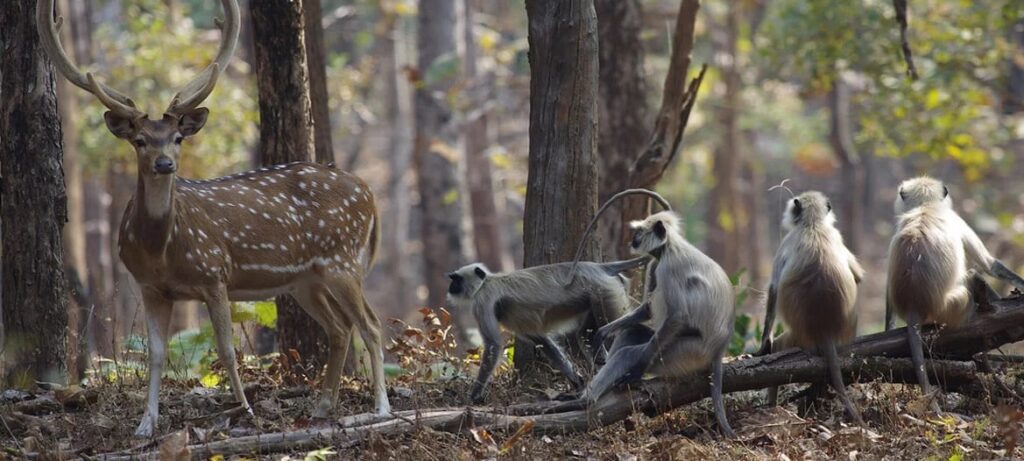
Two safaris are planned today. One in the morning and second in the afternoon. It is forbidden to stay all day in Pench National Park. So get up at 5:30 to start the safari an hour later when the Turia gate opens (the times change every month). In the meantime, the driver takes our passports and takes care of the administrative formalities to check the registration.
He comes back with a guide (mandatory) and our passports. It is an employee of the national park who assigns a guide to each vehicle. For each safari, we change guides. This is a rule that applies to all national parks in the state of Madhya Pradesh. So it is a bit of a lottery. But in Pench, we had some pretty good guides.
Quickly along the track, we come across our first axis deer. There are more than 50,000 of them in the reserve and they are a choice meal for tigers, leopards and wild dogs, its main predators. Among the deer, we furtively see a couple of sambar as well as a couple of nilgai from the bovid family. This month of December is good for bird watching because the number of species is swollen by migrants. Here are some of the birds observed: collared scops owl in its nest, Indian roller, white-winged kite perched on a tree, Bengal woodpecker and Bacha serpent eagle.
As two jackals pass in front of the Maruti Gypsy 4×4, a cry from a langur, with its somewhat pompous scientific name Semnopithecus entellus, tears the apparent tranquility of the jungle. This primate has different cries and this one is an alert cry. He must have seen a leopard or a tiger in his area. The driver stops the vehicle, cuts the engine. Everyone listens carefully. The cries move.
We move the car to stay in contact with the warning cries. They are very close. The jungle that was so peaceful is now tense. We wait a long time hoping to see the feline cross the track but nothing comes, which leads our guide to think that it was rather a leopard.
Later, while we were having breakfast around the 4×4, the warning cries of axis deer ring out. We quickly put away the food and head off in the direction of a herd of about forty heads at the edge of the forest. A few macaques keep them company. The deer are agitated, they keep turning their heads towards the Pench reservoir. One of them runs away and crosses the road. He will be followed by the entire herd. We won’t know what scared them! To increase your chances of seeing the feline, read my article on the 5 ways to track the tiger.
It’s 10:30 am. Back to the hotel to leave the national park before it closes at 11:00 am.
Face to face with wild dogs

The afternoon safari lasts only 2.5 hours, 2 hours less than the morning safari. Here too, it’s the rule and we can’t do otherwise. We take new tracks so as not to repeat the morning’s discovery (even if the animals move, it allows us to discover a new ecosystem). For a while, we only see chitals, the local name given to the axis deer.
At the end of the safari, a couple of sambar cross the track in front of the 4×4. It is the largest deer in the national park. It also has the particularity of having fawns that are not spotted with white. We will also come across, as we head towards the Turia Gate to exit the national park, a family of Asian wild dogs, more commonly called dholes by the locals.
With a magnificent brown-red coat that makes them easily recognizable, Asian wild dogs are social animals that can live in groups of 40 individuals whose survival strategy involves hunting together. This is how they manage to kill large prey such as the axis deer and even the sambar. This is one of the things it has in common with its cousin the African wild dog, although the Asian wild dog is the only specimen of the cuon genus.
No tiger, leopard or sloth bear observed during these two safaris, but I was lucky enough to see and photograph a wide variety of species including the wild dog. And I didn’t know it at the time, but I wouldn’t see any more in the 5 other national parks that I was going to discover. Next stop: Kanha National Park.
How to get there?
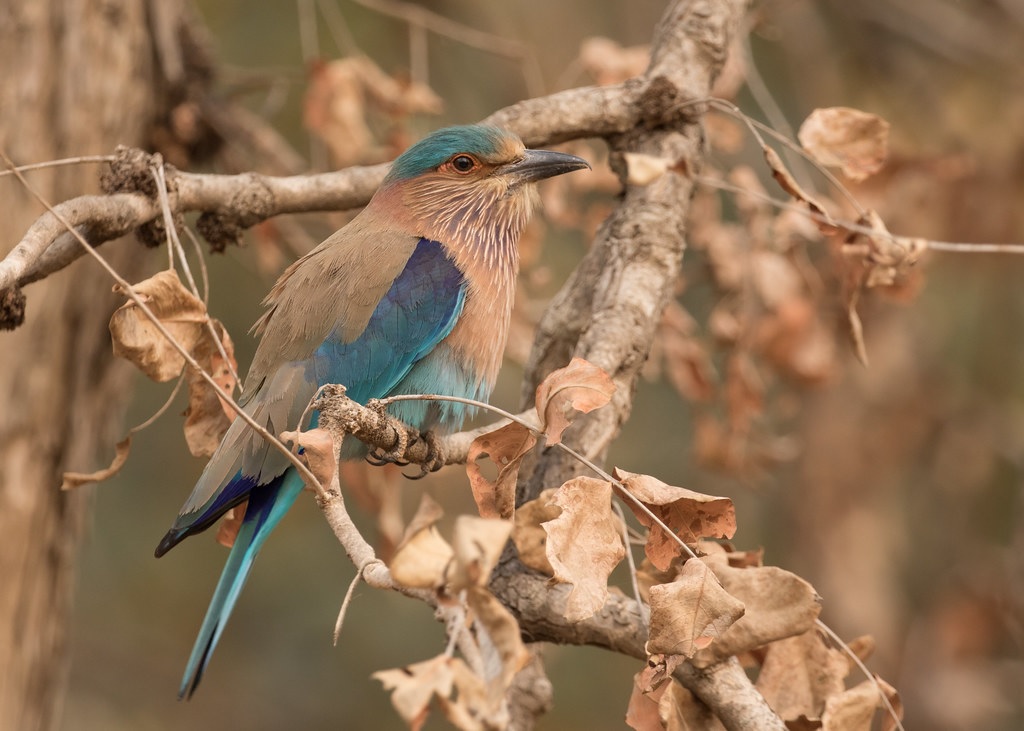
International flight to Delhi. Then domestic flight to Nagpur airport, 120 km from Pench National Park.
When is the best time to go on a safari in Pench National Park?
Pench National Park is closed during the monsoon season between June and September.
December and January are particularly interesting months for bird watching. At this time of year and until February but also in October and November, tigers are more difficult to observe because there are watering holes in many places. March, April and May are the months when the chances of seeing the tiger are the highest because the felines like the rest of the animals converge on the Pench reservoir.
Where to sleep near Pench?
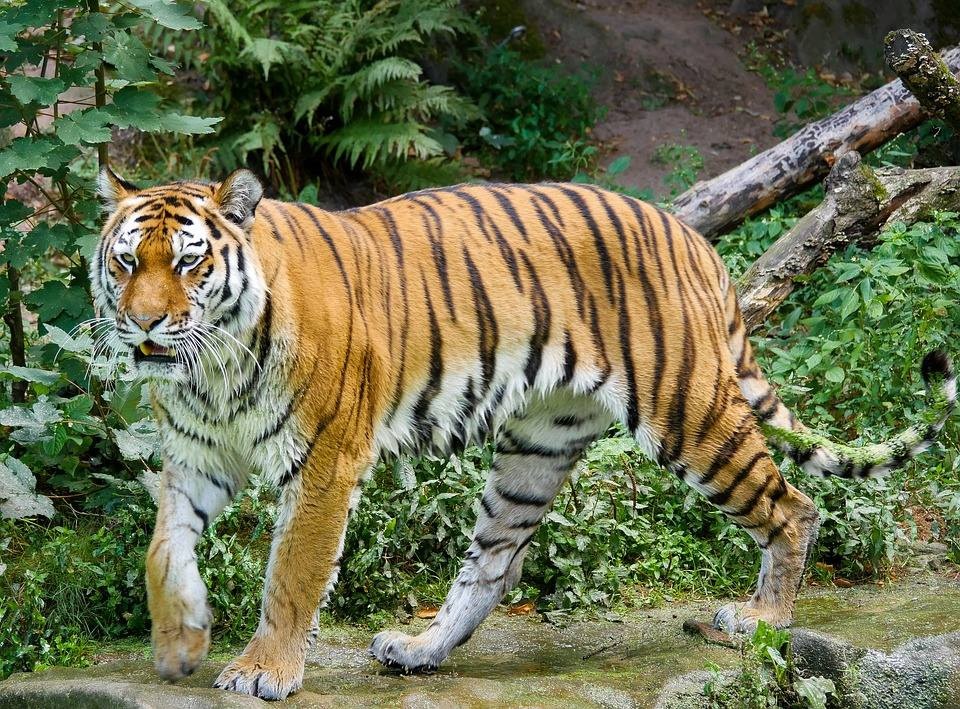
The Pench Jungle Camp, located just 10 minutes from the Turia Gate, is an excellent value for money option, even if the lodge could do with a little updating. There are cheaper accommodations nearby but with less comfort and more upscale establishments in the surrounding area.
With whom you can visit in India?
For your trip and safaris in India (including trekking or tourism activities), I advise you to send your request for a tailor-made trip to India we are always here. I selected it for its reliability and its ability to respond to personalized requests

